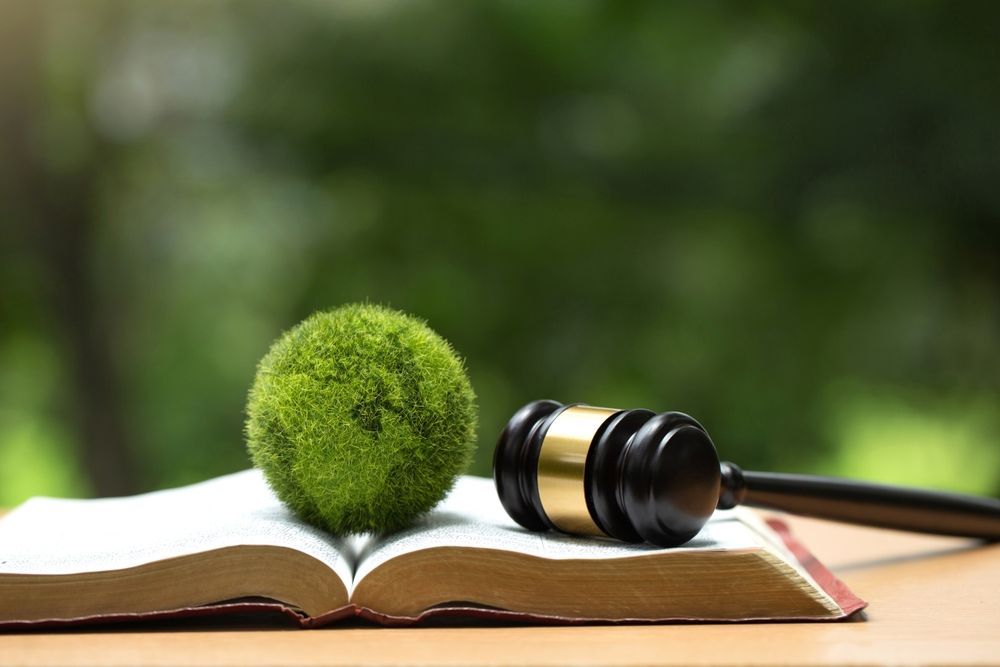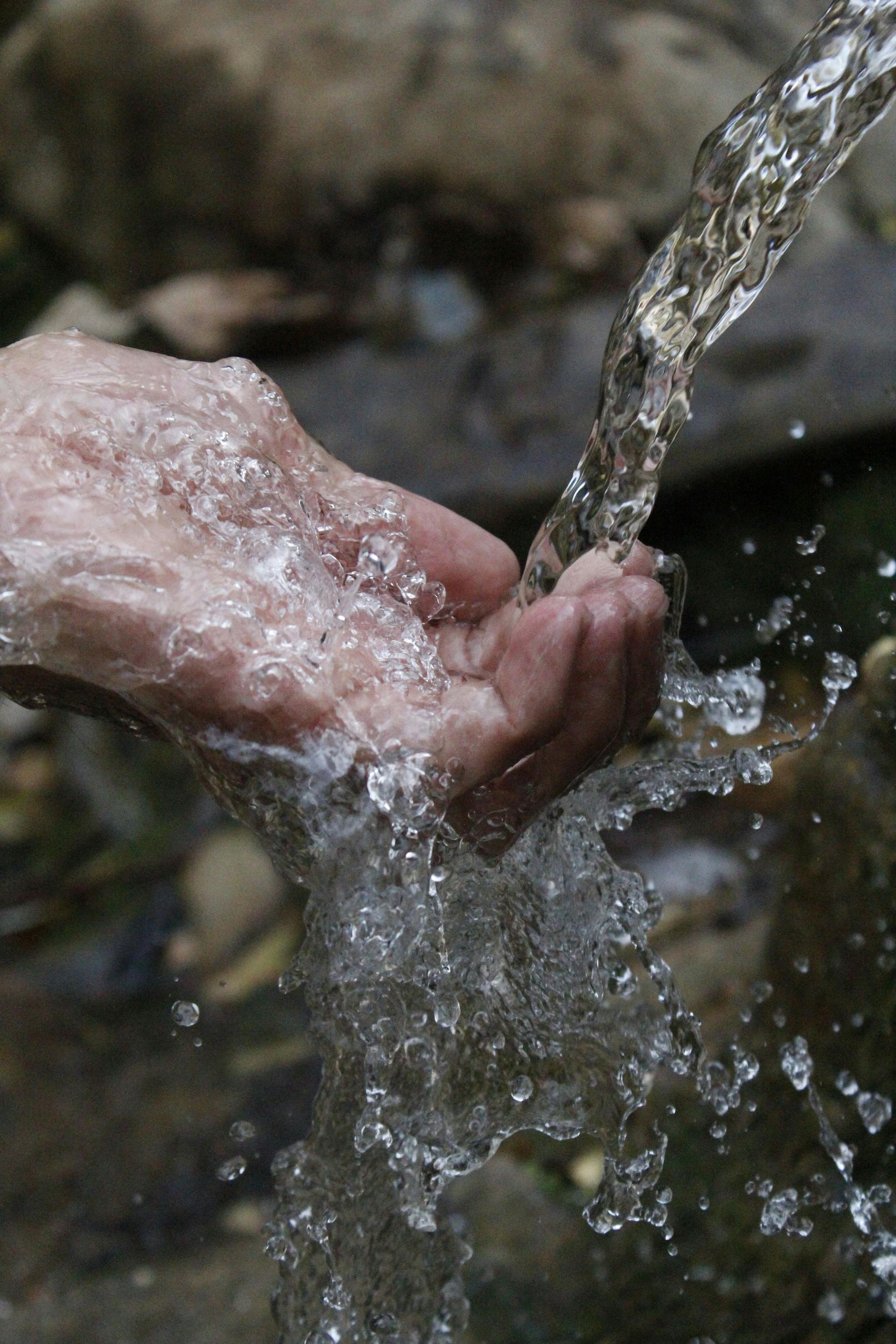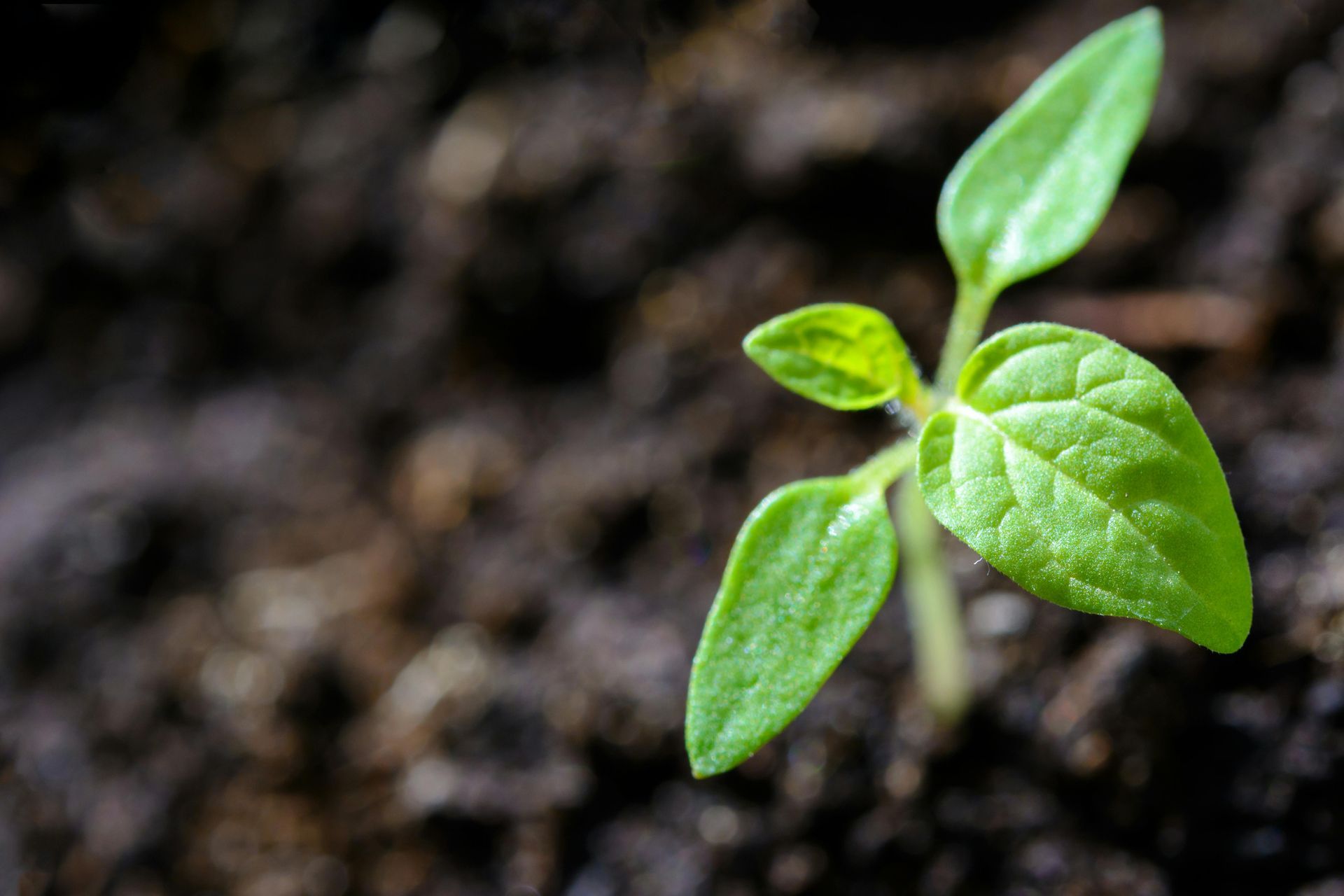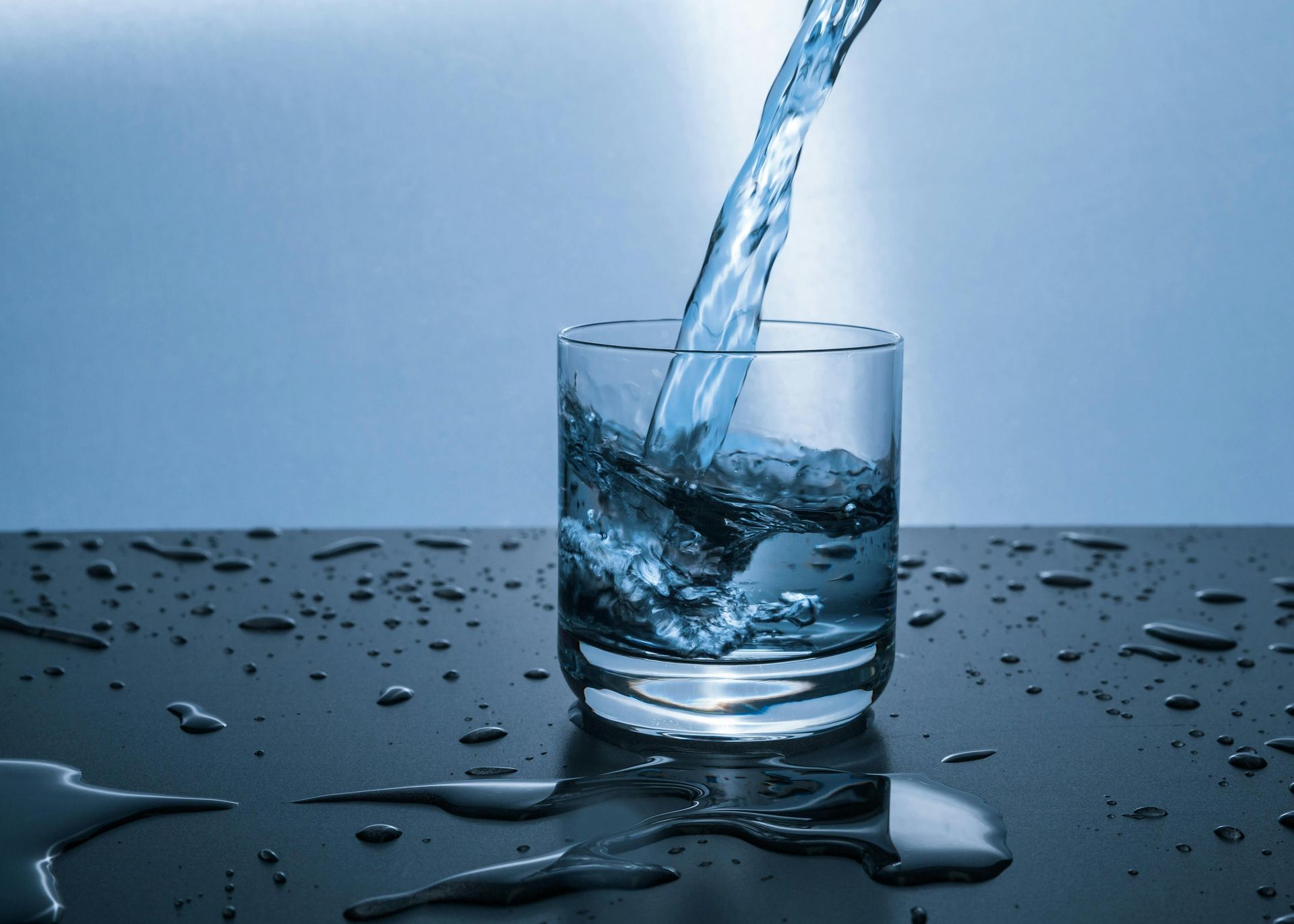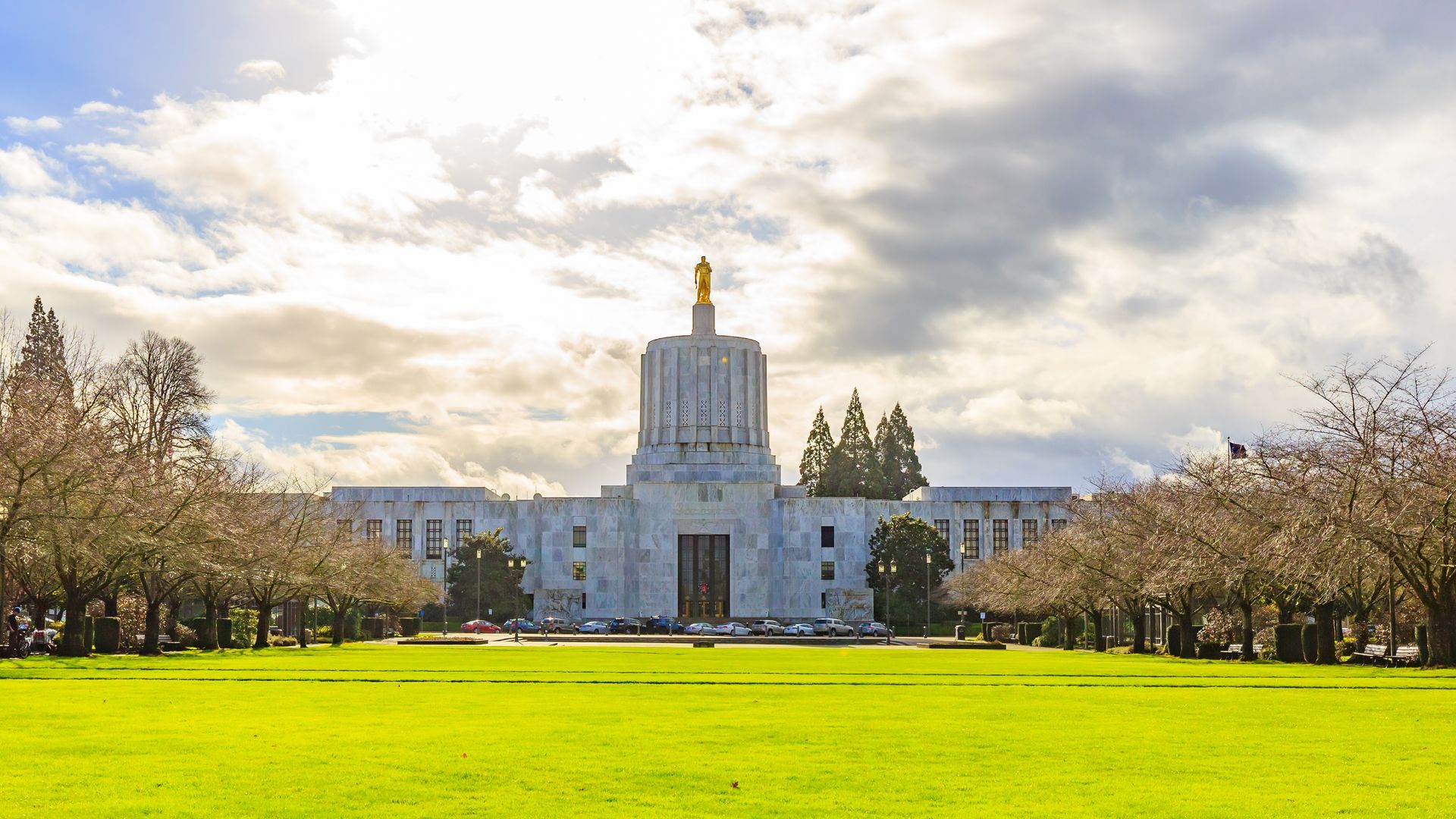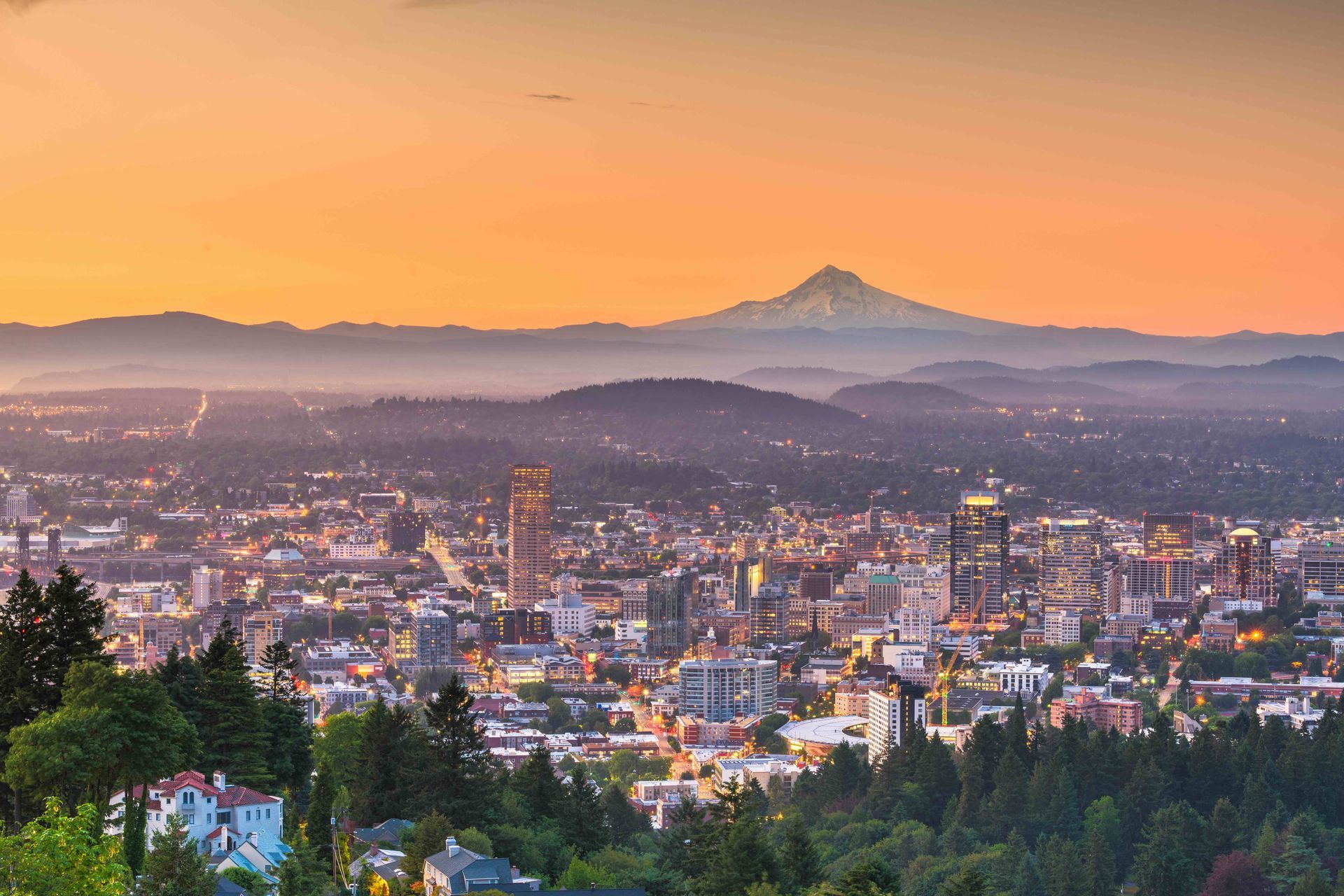Clean Water Act Explainer: Section 402
Enacted in 1972 by the Congress, the Clean Water Act (CWA) is aimed at regulating water pollution to protect and maintain the integrity of the nation's waters. The primary objective of this Act is to restore and preserve the chemical, physical, and biological properties of water bodies across the country.
Section 402 of the Clean Water Act establishes the National Pollutant Discharge Elimination System (NPDES) permit program, as outlined by the EPA, which is responsible for controlling the discharge of pollutants into navigable waters and ensuring compliance with wastewater standards.
At Law Office of Frank Hammond, located in Portland, Oregon, we are dedicated to helping businesses and individuals understand the provisions of the Clean Water Act, particularly in obtaining and managing NPDES permits.
Overview of Section 402
Section 402 of the Clean Water Act is a key component for regulating water pollution in the United States. The primary consideration outlined in Section 402 is the establishment of the National Pollutant Discharge Elimination System (NPDES) permit program, which aims to control the discharge of pollutants into navigable waters and ensure that any discharge complies with the EPA's environmental standards for water quality and public health.
Breakdown of the NPDES Permit Program
Under the NPDES permit program, any business or corporate entity desiring to discharge pollutants into U.S. waters must first obtain a permit. This permit outlines specific restrictions and guidelines for permissible discharges, including the types and quantities of pollutants that can be released, as well as monitoring and reporting requirements.
The program covers a wide range of discharges from municipal, industrial, commercial, and agricultural sources. NPDES permits may also impose additional conditions to help mitigate environmental harm, such as requiring the implementation of specific best management practices (BMPs) or pollutant reduction plans.
The NPDES permit program also focuses on preventing unregulated discharges. Violating the permit terms, including unauthorized discharges or failure to comply with reporting conditions, can result in substantial penalties. This is meant to help ensure that regulatory bodies can hold polluters accountable and protect water resources for future generations.
Types of Discharges Regulated by NDPES Permits
The NPDES permit program is fundamental for managing discharges that have the potential to affect the quality of U.S. waters. These permits are designed to help ensure that any release of pollutants into navigable waters is strictly monitored and regulated. Some of the types of discharges that are regulated under NPDES permits include:
- Municipal wastewater discharges: This includes wastewater from domestic or community sources, such as sewage treatment plants. Permits help ensure that treated wastewater meets the established standards before being released into water bodies.
- Industrial discharges: Facilities in manufacturing or processing sectors must manage wastewater produced from their operations. Permits specify the allowable levels of pollutants such as heavy metals, chemicals, and other industrial byproducts.
- Stormwater discharges: Runoff from construction sites and other activities that collect pollutants as it flows over land is regulated. This includes both municipal separate storm sewer systems (MS4s) and construction sites larger than one acre.
- Agricultural discharges: Animal feeding operations and concentrated animal feeding operations (CAFOs) that discharge manure or other waste into water bodies are required to have permits to limit nutrient pollution, such as nitrogen and phosphorus runoff.
- Mining operations: These involve discharges such as sediment-laden water or heavy metal contaminants from mining activities. NDPES permits help control runoff and the impact it has on aquatic environments.
- Thermal discharges: Often from power plants or industrial facilities, these are regulated to help minimize thermal pollution that can disrupt aquatic ecosystems by altering water temperatures.
- Aquatic animal production facilities: Operations such as fish farms are heavily regulated to make sure discharges of waste or unutilized feed do not impact water quality.
The comprehensive regulation of these diverse discharge types under the NPDES permits significantly contributes to the preservation and improvement of water quality standards across the United States, safeguarding aquatic ecosystems and public health.
Additional Regulations for NDPES Permits
Although the NPDES permit program covers a broad range of discharges, there are specific regulations that may apply to certain industries or sources. Certain industries often require additional permits due to their significant potential impact on water quality.
For example, wastewater treatment facilities typically must obtain a National Pollutant Discharge Elimination System (NPDES) permit, which regulates the discharge of pollutants into navigable waters, and large animal feeding operations may be subject to state-specific regulations as well as a Concentrated Animal Feeding Operation (CAFO) permit, which ensures that waste management practices meet environmental standards.
These permits are critical in safeguarding water quality and preventing contamination that could harm ecosystems and public health.
Potential Penalties for Violating an NDPES Permit
The consequences of non-compliance with NPDES permits can be severe. The EPA has the authority to issue administrative, civil, and criminal penalties for violations of Section 402 regulations, including:
- Administrative penalties: These are fines issued by the EPA without having to go through a court process. They may range from $10,000 per day for minor infractions up to $75,000 per day for more serious violations.
- Civil penalties: These are monetary fines imposed by a court as a result of an enforcement action taken by the EPA. Depending on the severity of the violation, these penalties could reach up to $50,000 per day.
- Criminal penalties: In cases of intentional or reckless violations, individuals and organizations may face criminal charges, including fines and imprisonment.
How to Qualify for an NPDES Permit
To be eligible for an NPDES permit, applicants must obtain a National Pollutant Discharge Elimination System (NPDES) ID number from the EPA. You can apply for this ID using the online application form available on the EPA website or by contacting your local EPA regional office.
Once you have received your NPDES ID number, you are required to submit an official permit application detailing your planned discharge activities and how they comply with water quality standards. This process may involve several steps, including consultations with state and federal agencies and public comment periods before final approval is granted.
It is important to note that obtaining an NPDES permit can be a lengthy and complicated process, which is why it is essential to work with experienced legal professionals who can guide you through the application and compliance processes.
Consult with an Experienced Attorney
Section 402 of the Clean Water Act plays a vital role in regulating water pollution in the United States. The NPDES permit program establishes standards for controlling discharge into U.S. waters and ensuring compliance with environmental regulations. Businesses and corporate entities should understand the requirements set forth by Section 402 and obtain the proper permits to avoid potential penalties for non-compliance.
At Law Office of Frank Hammond, we have extensive experience in helping clients understand the complex regulations of the Clean Water Act. Our environmental litigation attorney can help you manage NPDES permits to help ensure compliance with EPA standards and protect your operations from potential penalties.
Located in Portland, Oregon, we serve clients throughout the state, including Eugene, Salem, Astoria, Newport, Bandon, Medford, Bend, and beyond Contact us to schedule a free consultation.
